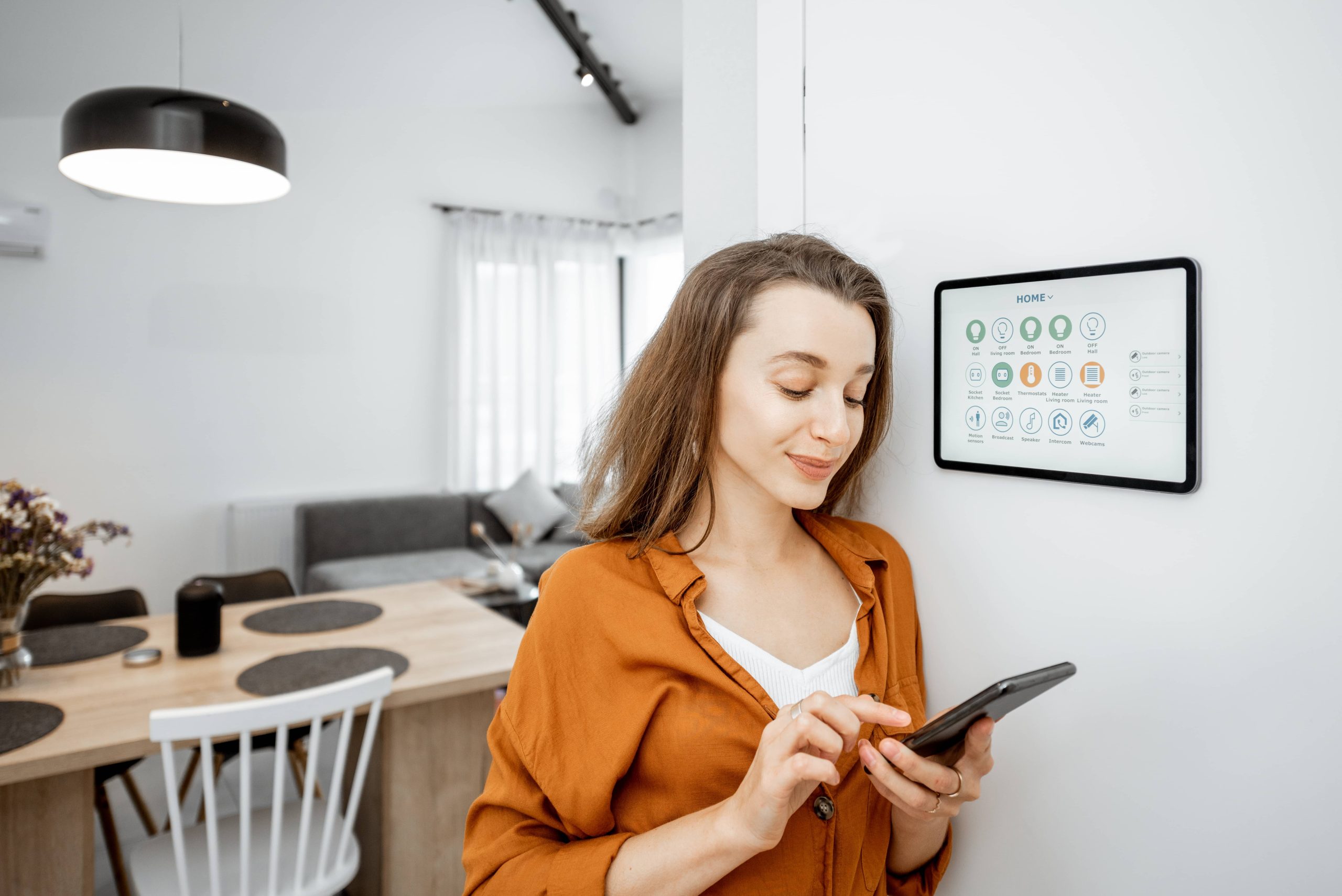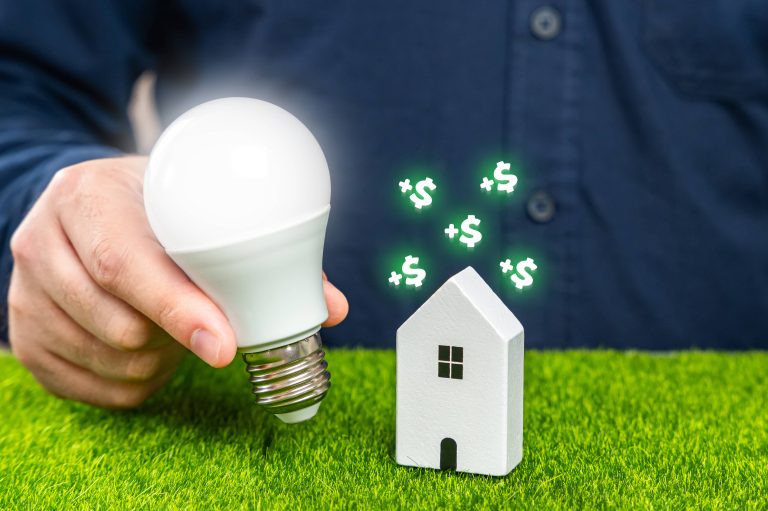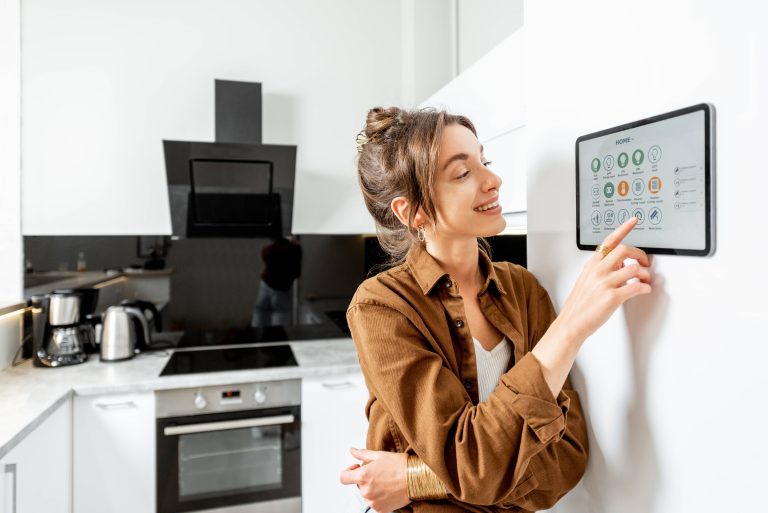
As we spend increasing amounts of time at home and grow more conscious of our environmental impact, the need to reduce energy costs while embracing sustainability has never been more pressing. Smart home technology offers innovative solutions to manage and reduce your energy consumption effectively. From smart thermostats to energy-monitoring plugs, there’s a plethora of gadgets and systems that can help you save money while making your home more energy-efficient.
In this blog post, we’ll explore various ways to utilize smart home technology to cut down on energy usage and costs. Let’s dive in and see how a few smart tweaks can lead to substantial savings.
Smart Thermostats
One of the most significant contributors to your home’s energy consumption is your heating and cooling system. Smart thermostats, like the Nest Learning Thermostat or the Ecobee SmartThermostat, can help optimize your HVAC system. These devices learn your schedule and adjust the temperature automatically to ensure your home is cozy when you’re around and conserves energy when you’re not.
Key Benefits:
1. Energy Reports: Many smart thermostats provide detailed energy reports, so you can see when and how you’re using energy and where you might reduce usage.
2. Remote Control: You can adjust the temperature from your smartphone, ensuring you’re not heating or cooling an empty house.
3. Geofencing: Advanced models use your phone’s location to determine when you’re home and adjust the temperature accordingly.
Smart Lighting
Lighting accounts for about 10% of an average household’s energy bill. Incorporating smart lighting solutions can enhance efficiency and reduce waste.
Key Smart Lighting Solutions:
1. Smart Bulbs: LED smart bulbs, like those from Philips Hue, can be dimmed and controlled remotely. They also last longer and use less energy compared to traditional incandescent bulbs.
2. Motion Sensors: Installing motion sensor lights in frequently used areas ensures that lights are on only when needed.
3. Smart Lighting Systems: Complete systems, like those from Lutron or TP-Link, allow you to control all your lights through one central app.
Smart Power Strips and Outlets
Phantom energy use occurs when electronics draw power even when turned off. Smart power strips and outlets can help mitigate this issue by cutting off power to devices that aren’t in use.
Features to Look For:
1. Remote Control: Turn off outlets using your smartphone.
2. Scheduling: Set schedules to automatically turn off outlets during certain hours.
3. Energy Monitoring: Track energy usage by each device plugged into the strip or outlet.
Smart Appliances
Smart appliances such as refrigerators, washing machines, and dishwashers can optimize their operation to save energy.
Efficient Usage Tips:
1. Energy-Efficient Modes: Many smart appliances come with eco-friendly modes that reduce energy consumption.
2. Remote Activation: Start and stop appliances remotely to align their operation with off-peak energy hours.
3. Usage Statistics: Monitor and get reports on how much energy each appliance uses and recommendations for reducing consumption.
Smart Home Energy Monitors
Energy monitors like the Sense Home Energy Monitor can track the energy usage of each device in your home in real-time. This information can be used to identify energy hogs and take steps to mitigate their impact.
Typical Features:
1. Real-Time Data: Get immediate insight into how much electricity you’re using.
2. Device Recognition: Identify which appliances are using the most power.
3. Alerts: Set up alerts for unexpected changes in energy usage which could indicate issues with your home’s systems.
Blinds and Shades
Automated blinds and shades that adjust based on the time of day or room temperature can drastically reduce the need for heating and cooling.
Benefits:
1. Natural Climate Control: Use solar energy for heating by letting in more sunlight during winter or blocking it during summer.
2. Convenience: Set schedules or sensors to adjust blinds when you’re not home.
Smart Water Heaters
Water heating can account for about 18% of a home’s energy use. Smart water heaters optimize the heating schedule and can be controlled remotely for improved efficiency.
Efficient Usage Tips:
1. Scheduling: Heat water only when you need it.
2. Temperature Control: Avoid overheating water and wasting energy.
3. Leak Detection: Some models come with sensors that alert you to leaks, preventing water damage and additional costs.
Integration with Smart Home Systems
One of the biggest advantages of smart home technology is the ability to integrate all your devices into one cohesive system using platforms like Amazon Alexa, Google Home, or Apple HomeKit. This integration provides holistic control over the energy consumption of your entire home.
Integration Benefits:
1. Unified Control: Manage all devices from one app or voice command.
2. Custom Routines: Set up routines that turn off all lights, lower the thermostat, and switch off power strips when you leave the house.
3. Energy Management: Use the system’s energy management features to get reports and tips on reducing energy consumption.
Conclusion
Adopting smart home technology is a highly effective way to reduce energy costs and enhance sustainability. By intelligently managing heating and cooling, lighting, appliances, and other devices, you not only save money on your energy bills but also reduce your carbon footprint. The initial investment in smart devices can pay off quickly with the savings you’ll reap, making it a win-win for both you and the planet.
Harness the power of smart home technology and transform your living space into a beacon of energy efficiency. Start small by integrating a few devices and gradually build a fully connected and optimized home. Your wallet and the environment will thank you.







